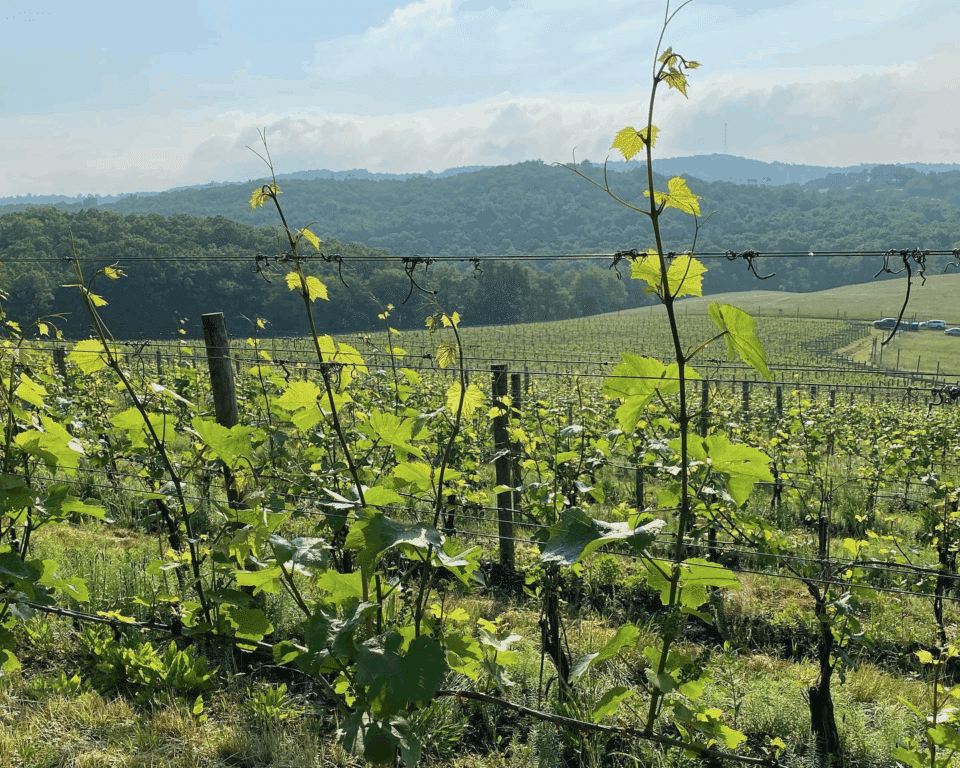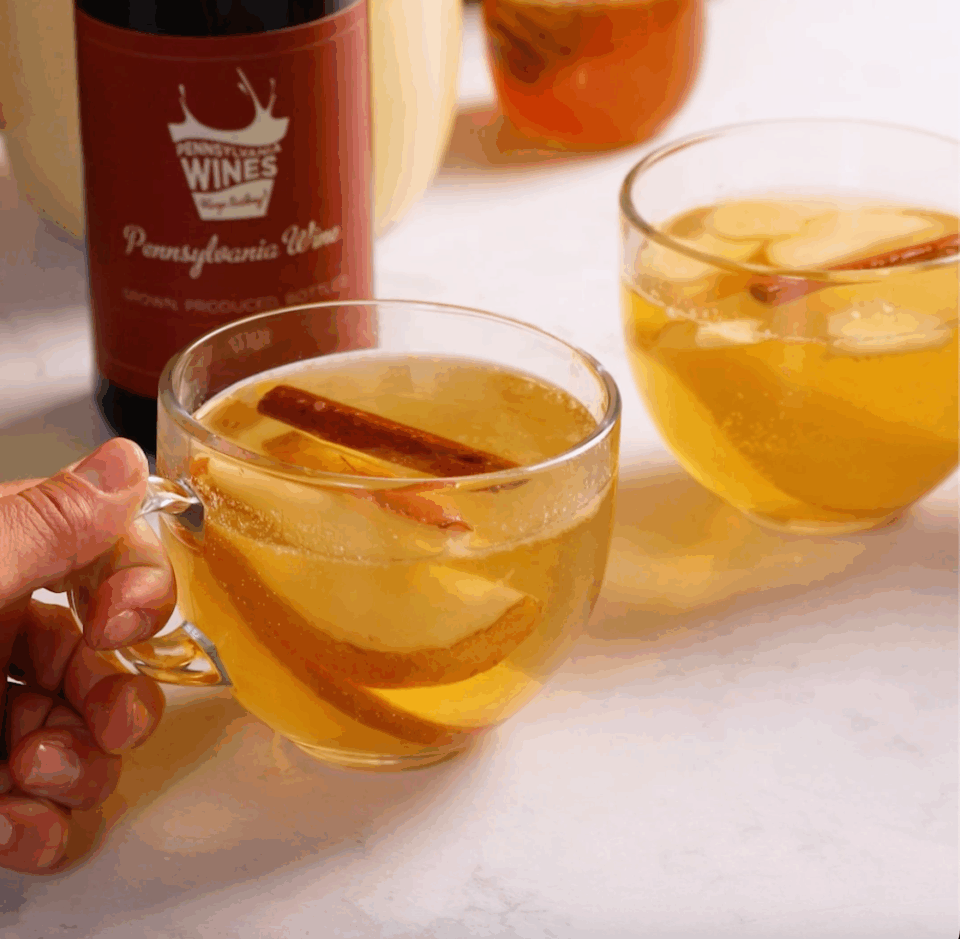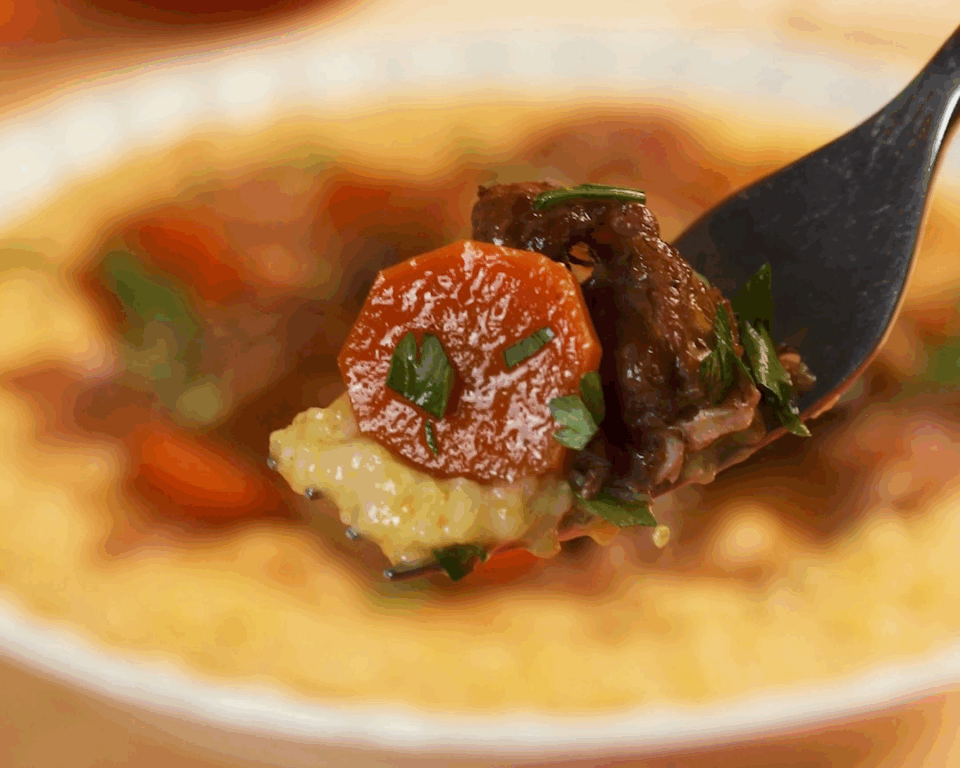The Appalachian Valley holds a rich and storied history. Once used as a migrational and trade route by Native Americans, it later offered fertile farmland and a gateway westward for European settlers. The valley, which runs from Quebec to Alabama along the eastern edge of the Appalachian Mountains, remains agrarian in nature to this day. In Pennsylvania’s south-central subregion, the Cumberland Valley, there are myriad family farms and strong community ties to the land. It’s no surprise, then, that the Cumberland Valley is recognized as an official American Viticultural Area for its distinct and appealing grape-growing terroir.

Vineyard views at The Winery at the Long Shot Farm
We spoke with Tina Weyant of The Winery at the Long Shot Farm, one of just a few wineries and a handful of vineyards in this AVA. She shared her story of making the region her home, as well as what it’s like to grow and produce there.
Long Shot’s History
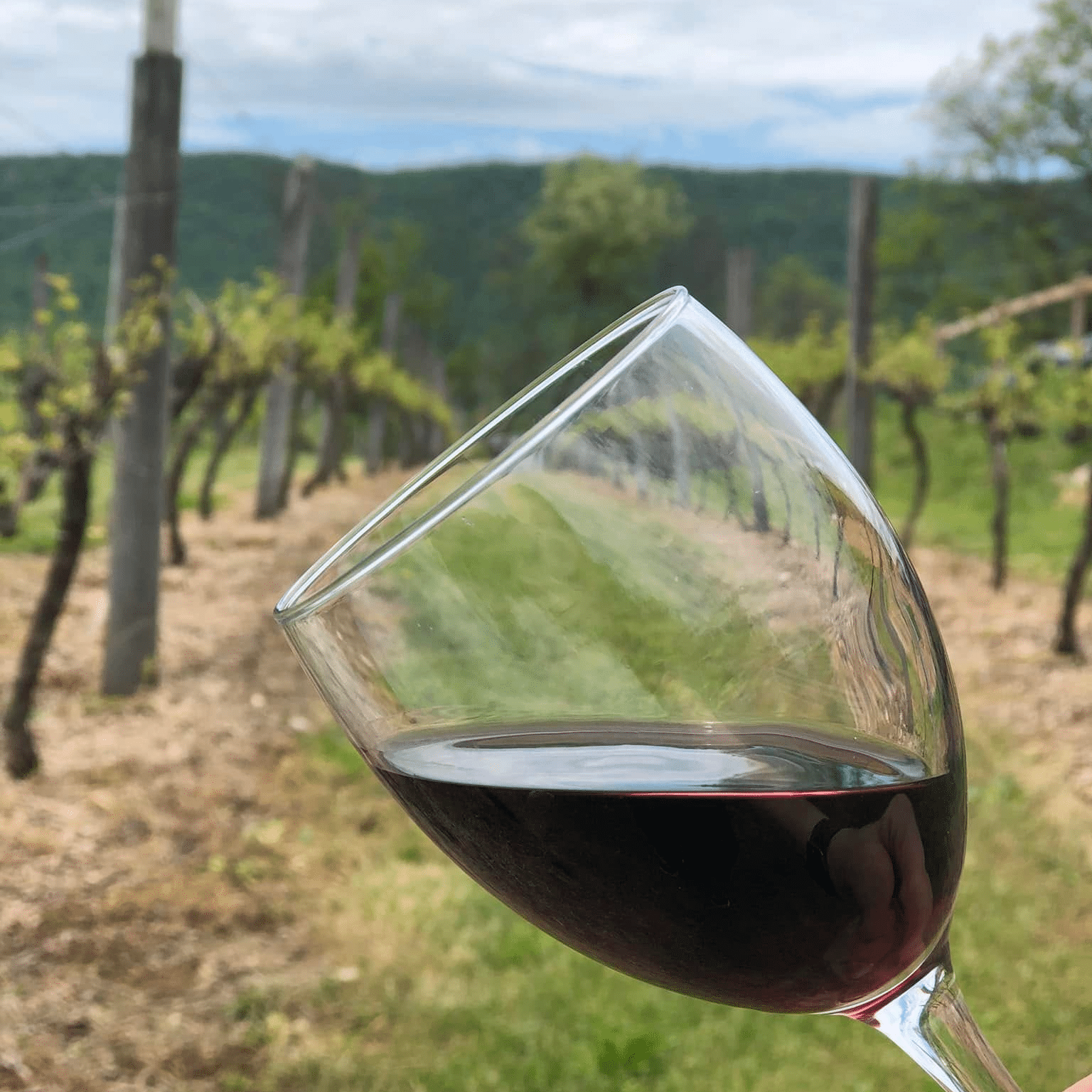
A glass of red in the The Winery at the Long Shot Farm vineyard
Tina and her husband, Jeff, have been growing fruit for more than 30 years, and experimenting with winemaking throughout that time. “We’ve been making homemade wines since our college days,” says Weyant.
As their five children grew up and left home, the empty nesters found themselves with a lot of extra time. Weyant enrolled in a Harrisburg-area program on enology and viticulture (no longer offered). “I started with a couple of classes, but wound up finishing the whole program,” she says. “It was great.”
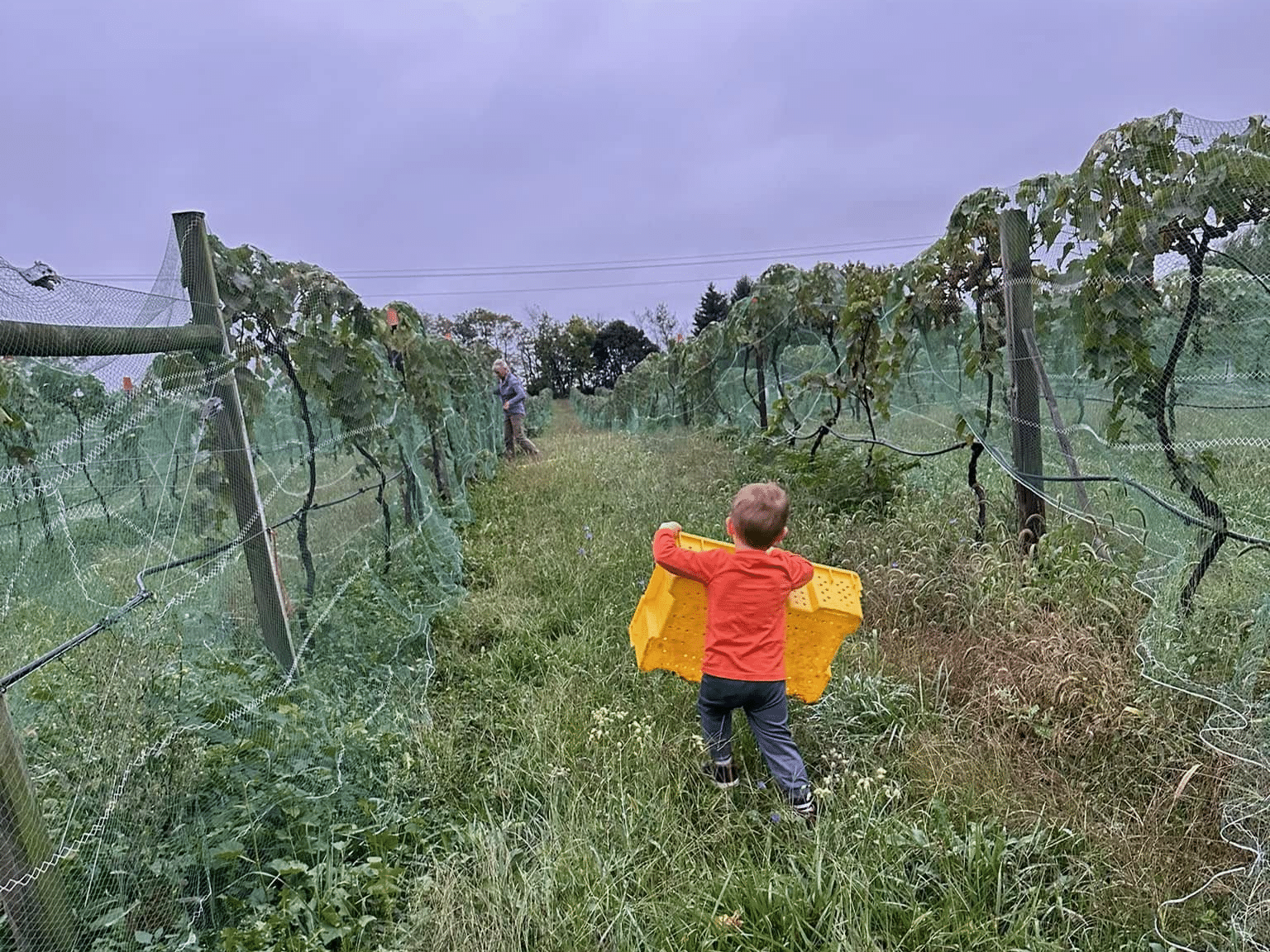
Out among the Vidal Blanc vines
The Weyants began with 200 grapevines, and now have about 16 acres planted and growing. In a delightful twist, two of their children now operate vineyards under a mile away, supplying grapes and other fruit to the winery. The rest of the family contributes throughout the year, whether by tending the vineyards seasonally, helping to harvest grapes and make wine, designing marketing materials, or leading classes held on the winery premises.
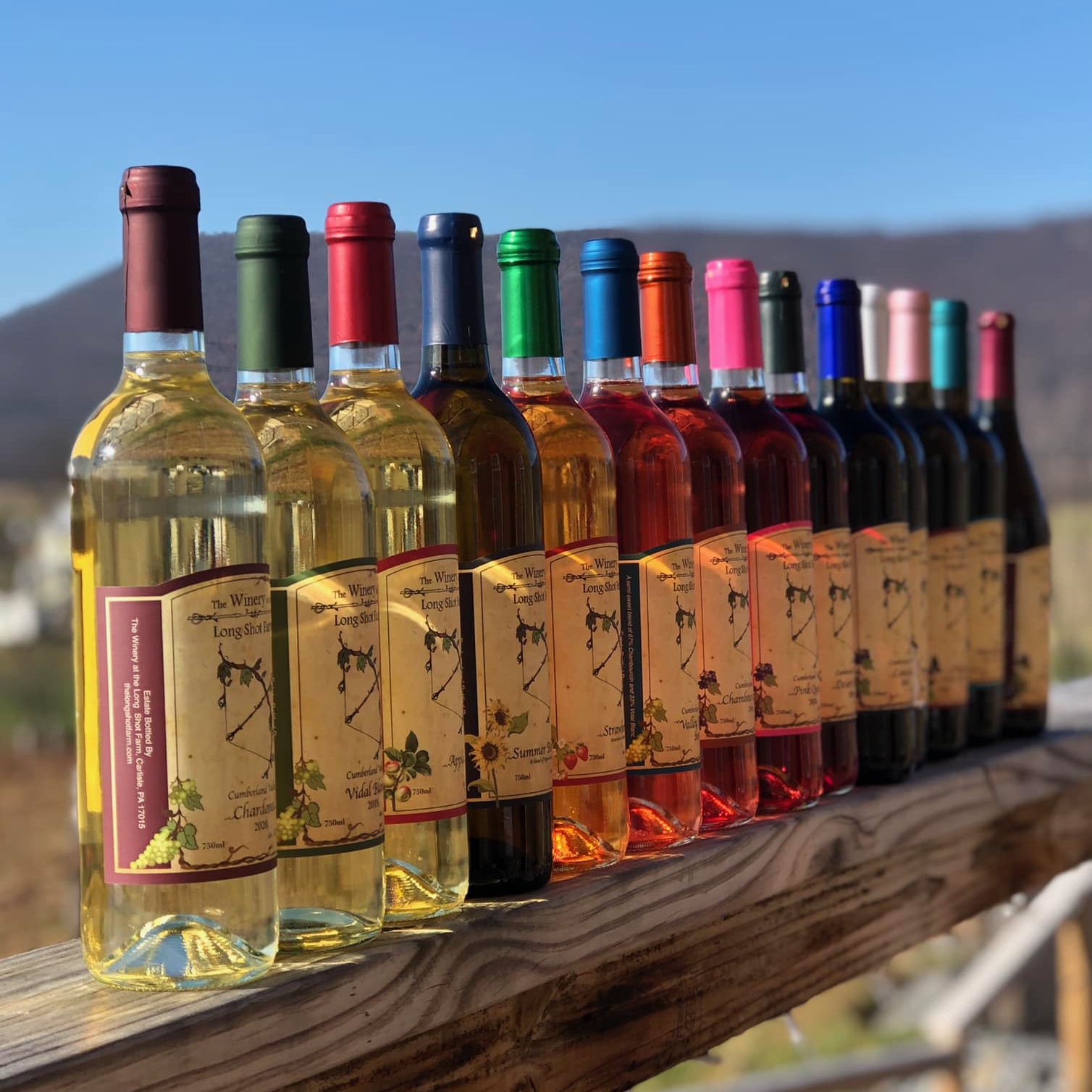
The family grows a number of varieties, including hybrids, American and a couple of vinifera grapes. They produce a portfolio of white, red, rosé and fruit wines with dry, off-dry, semi sweet and sweet options. The Winery at Long Shot Farm is one of just two Pennsylvania wineries in the Cumberland County AVA, along with Totem Pole Ranch & Winery about six miles away.
AVA Facts and Figures
The Cumberland Valley AVA is an appellation that Pennsylvania shares with the neighboring state of Maryland. It runs about 60 miles from the Susquehanna River near Carlisle, PA southwest to the Potomac River near Williamsport, MD. The AVA is roughly 20 miles wide, with the edge of the Blue Ridge Mountains to the east and an Appalachian ridge on the western side.
In Pennsylvania, the AVA includes two counties: Franklin County with Chambersburg, Greencastle and Waynesboro, and Cumberland County with Carlisle, Mechanicsburg and Newville. Shippensburg is split between both counties.
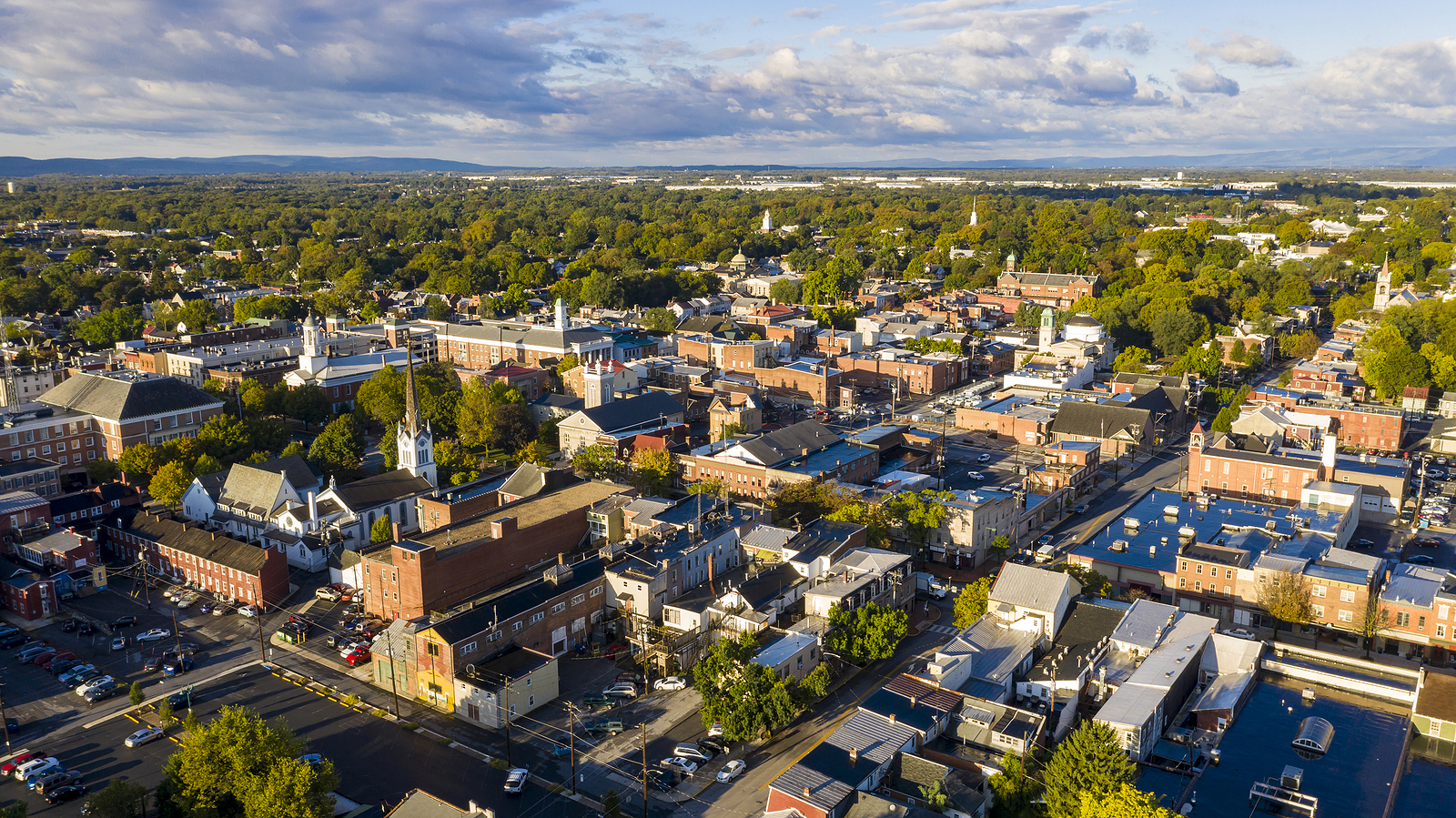
Carlisle, Cumberland County
Cumberland County, where you’ll find both of the AVA’s Pennsylvania wineries, is the second-fastest growing county in the Commonwealth. As the population expands, perhaps an increase in vineyards and wineries will follow. Most of the land in the county is currently dedicated to farmland and agricultural preservation.
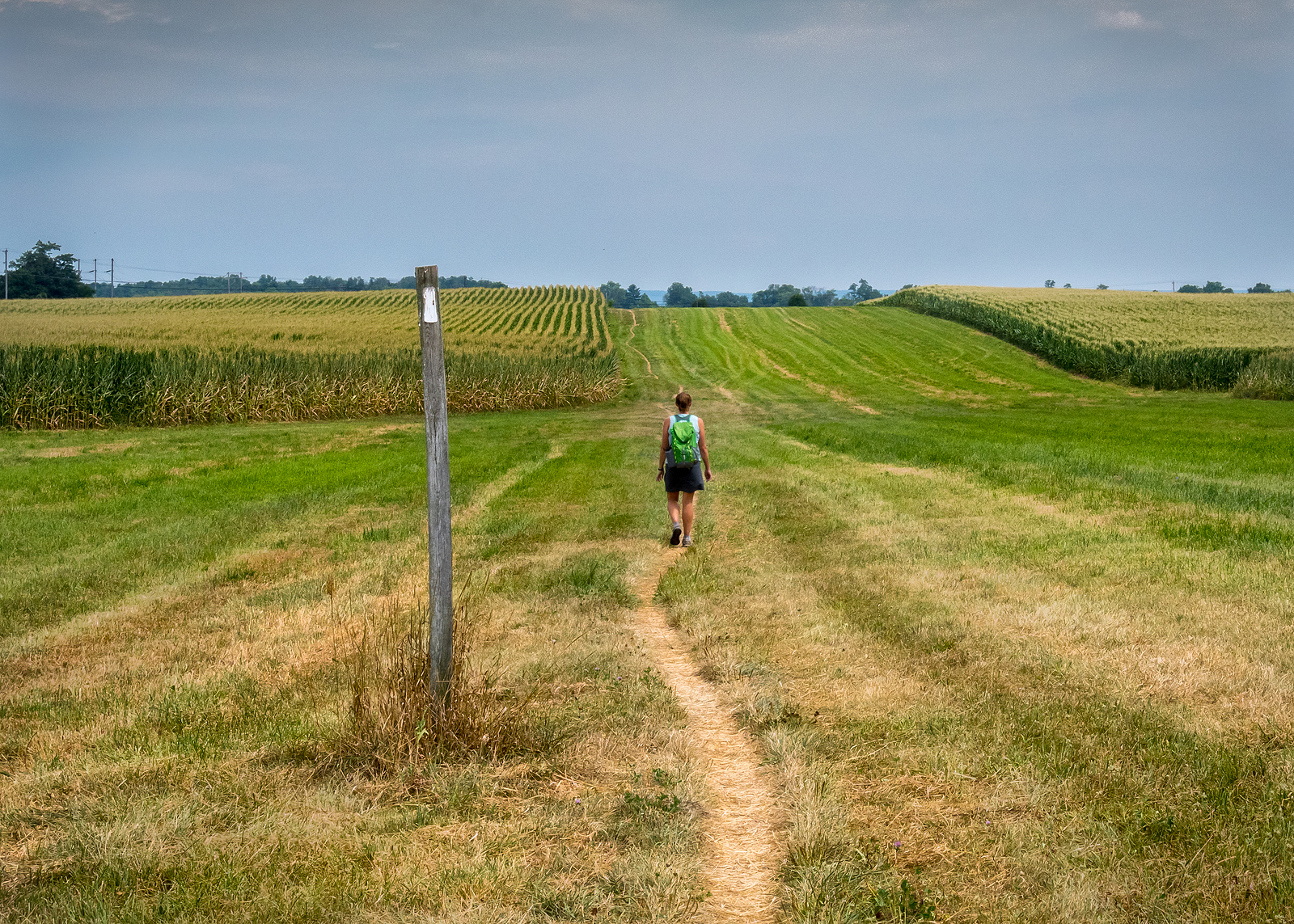
The Cumberland Valley AVA was established during the peak of AVA formations across the U.S., in 1985. While the terraces along the Potomac River and the slopes of South Mountain (an Appalachian ridge) are quite suitable for grape cultivation, the valley floor is less than ideal. While the AVA spans 765,000 acres, only 100 are currently vineyard land.
What Sets the AVA Apart

When the Weyant’s first decided to start a winery, they sought land at higher elevation towards Blue Mountain and the ridges nearby. Down in the valley, Weyant says, “The limestone soil is really fertile, but not necessarily good for grapes.”
That limestone soil comprises the bed of the Appalachian Valley. It’s wonderful for crops, like corn, wheat, vegetables and fruit, but can pose a challenge for viticulturalists. “It’s really good, deep soil,” says Weyant. “It’s just not conducive to vineyards.”
Weyant says that the Condodoguinet Creek, a tributary of the Susquehanna that runs through the AVA’s center, divides the rich, limestone soil from sparser shale soils. The Winery at the Long Shot Farm sits north of this waterway and benefits greatly from the shale soils, which are well-drained and less fertile. This encourages the vines to focus energy into the fruit, rather than the leaves.
The Cumberland Valley AVA has a mild version of a humid continental climate, with protection from extreme weather from the mountains bordering it. Overall, Weyant says, “It’s not a bad climate.” However, the high humidity, which supports fungal diseases, heavy rains at harvest, and cold winters, can make it quite challenging to grow European vinifera, which is often thinner-skinned and less hardy. Nonetheless, a wide variety of hybrid, native and American grapes thrive in the AVA.
The Wines of Cumberland Valley AVA
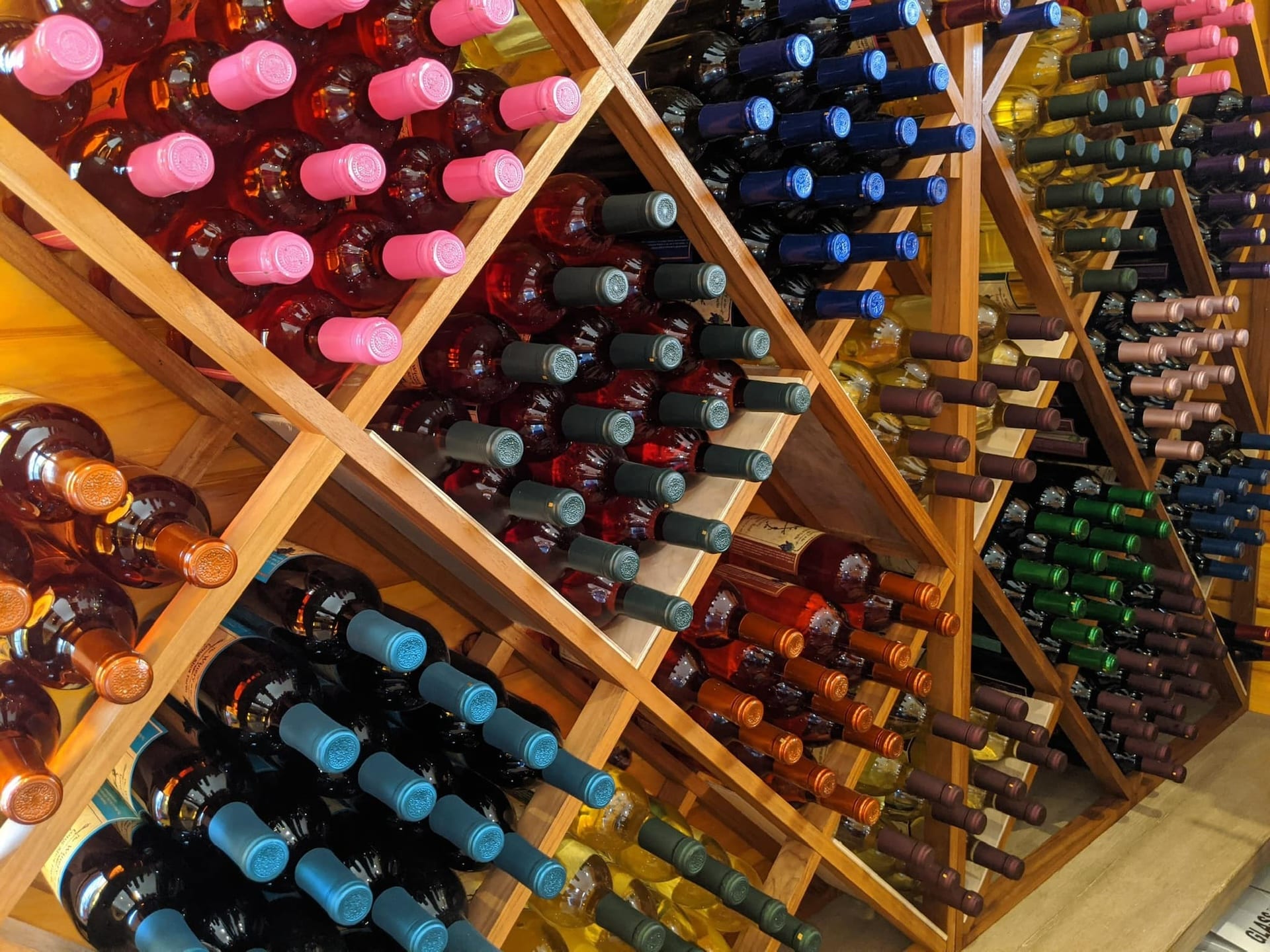
Like in many other Pennsylvania regions, hybrid grapes excel in the Cumberland Valley AVA. Chambourcin does exceptionally well, and the Weyants use it in wines, like a semi-sweet rosé and red blend and a dry varietal red with cherry and dark berry flavor. For white wine and rosé blends, Vidal Blanc stands out, offering clean, crisp acidity with hints of peach and melon. Other cold-hardy white hybrids thriving in the AVA include aromatic Traminette and citrusy, sometimes oaky Chardonel.
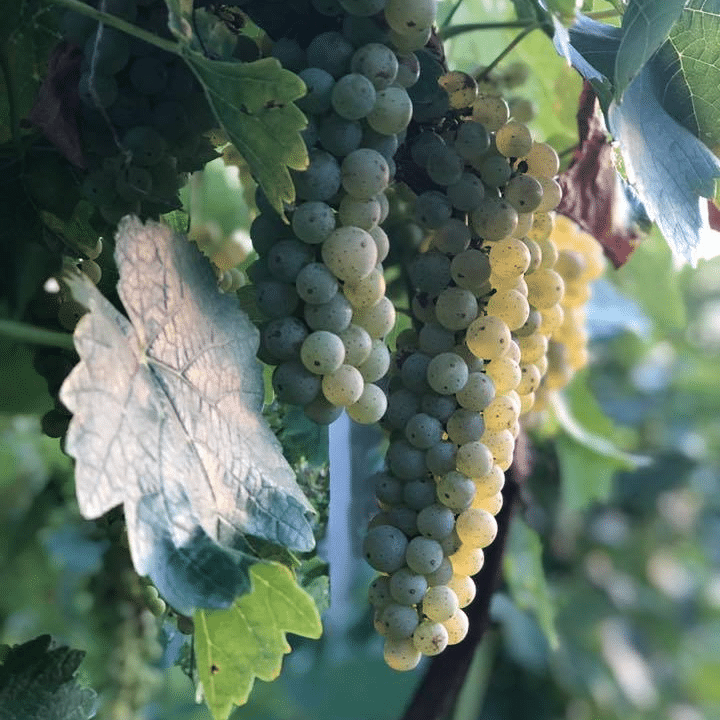
Vidal Blanc grapes at The Winery at the Long Shot Farm
Weyant says that very sweet wines are popular at smaller wineries like theirs, as they weren’t available in wine stores until recently. These are made with North American native grapes, like juicy Concord and floral Niagara. They also produce a number of fruit wines, including blackberry, elderberry, strawberry and apple. Weyant has sourced the latter from neighboring Adams County, part of Pennsylvania’s “Fruit Belt.” She says, “When hard cider became popular, growers cultivated apples with exactly the right ratios for cider that also make really great wines.”
While they’ve learned what “works” in their AVA, the Weyants stay flexible. They adapt to changing demands and interests of the consumer, and continue to offer new and reworked blends and varietals to enjoy.If you’d like to taste the terroir of the Cumberland Valley AVA, head to The Winery at the Long Shot Farm, where festive year-round events include live music, food trucks, book club, cooking classes, trivia night and lots more. The venue can hold large, so keep it in mind for your next event.
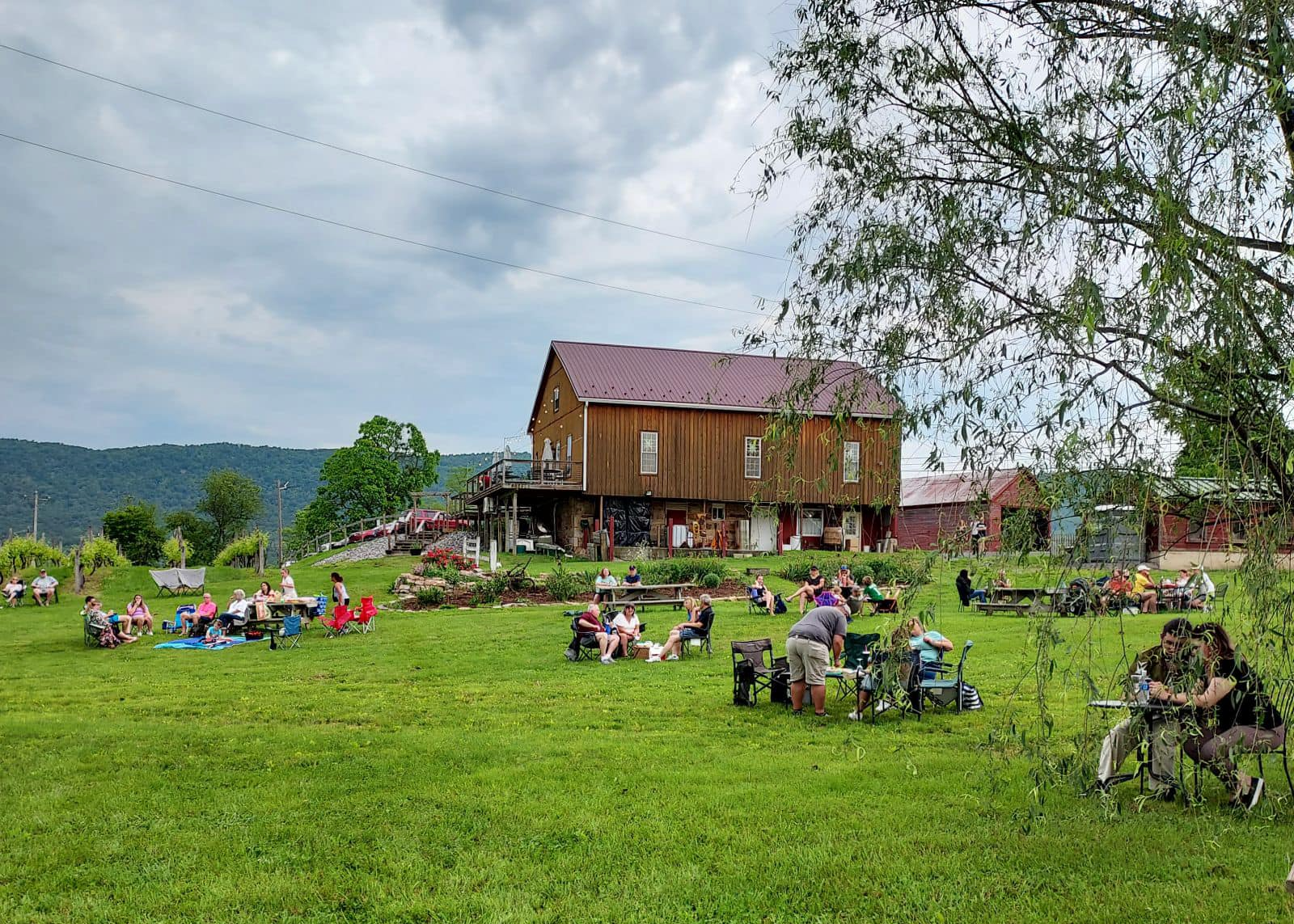
The PA Vines & Wines series was created in collaboration with the Pennsylvania Wine Association.
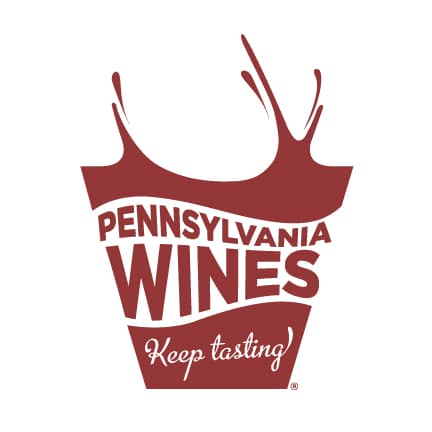
The Pennsylvania Winery Association (PWA) is a trade association that markets and advocates for the limited licensed wineries in Pennsylvania.
- AVA Facts and Figures photos: Bigstock
- Feature and all other photos: The Winery at the Long Shot Farm
